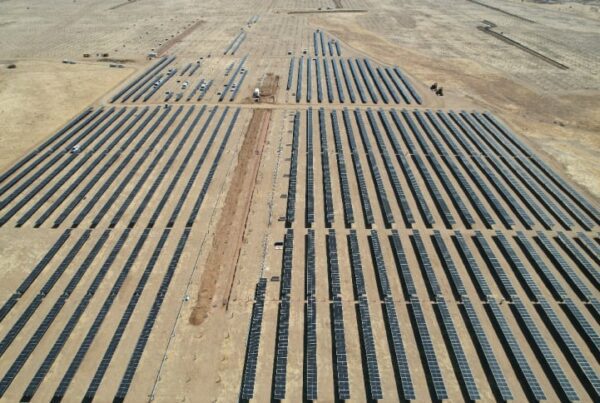
Global renewable energy company Masdar has signed a deal for a 1GW renewable energy project pipeline in Kyrgyzstan set to begin with a 200MW solar PV installation.
Mohamed Jamel Al Ramahi, CEO of Masdar, signed the agreement with Ibraev Taalaibek Omukeevich, minister of energy of the Kyrgyz Republic, this week. The initial 200MW solar PV plant is expected to begin operations in 2026.
The signing of the deal follows the memorandum of understanding established in April last year for Masdar to develop a range of renewable energy projects in Kyrgyzstan, including ground-mounted solar PV, floating solar and hydropower projects.
Kyrgyzstan is looking to achieve carbon neutrality by 2050, with a target to reduce its greenhouse gas emissions by 44% by the end of the decade.
“Today, the energy system of the Kyrgyz Republic faces challenges meeting the significant demand for electricity from all categories of consumers with our existing resources. At the same time, Kyrgyzstan has good solar energy potential. The successful implementation of projects to develop solar power plants of up to 1GW capacity will help to ensure our nation’s energy security,” said Omukeevich.
“The large-scale development of the renewable energy system will also help to improve employment, living conditions and energy supply for the population of the republic, reduce poverty in rural areas, and improve the level of education, as well as introduce new modern technologies.”
Masdar has announced a number of projects in Central Asia of late, including winning a 250MW bid for a PV project in Uzbekistan and reaching financial close on 230MW of PV in Azerbaijan.
Masdar also inked an agreement with Turkmenistan state-owned utility Turkmenenergo for 100MW of PV last November.
These all come after the company entered into a joint venture to develop a portfolio of renewables projects across Central Asia, Eastern Europe and Africa.





